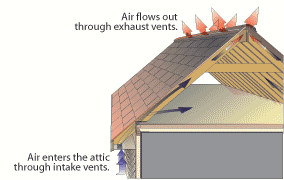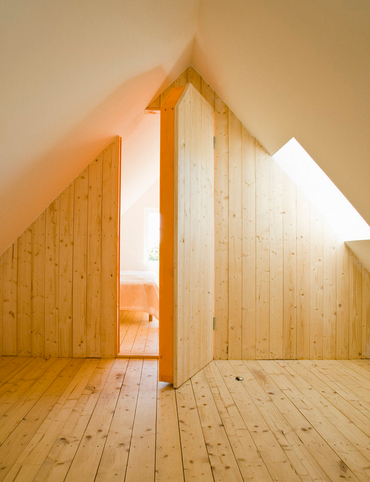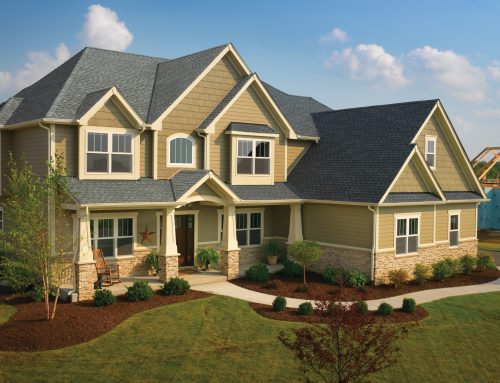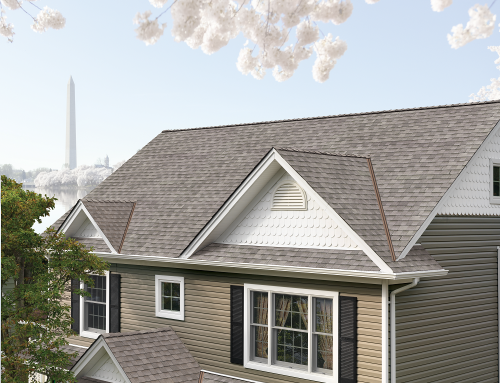The process of air exchange is more than a breeze moving through the home. It’s a process that provides a steady, high volume of air movement. It’s a system of components, all sized and positioned to create a balanced flow of intake and exhaust air moving though the attic.
Source: Air Vent Inc.

What you may not know as a homeowner, is that roofs need both inlet for air to enter, and outlet for air to escape. Most homes have either no ventilation or not enough of it. Insufficient attic ventilation can lead to a multitude of problems, with roof leaks being among one of the most common.
Without proper attic ventilation, the warm and moist air that rises has nowhere to escape, creating potentially dangerous attic conditions in the form of condensation, mold and mildew. This, in turn, can make your paint peel, compromise the
structural integrity of the attic, create weaknesses in your roof and reduce the efficiency of the insulation of your home.
Here at Duane Mainardi Builders, we believe it is very important for our customers to completely aware of basic information regarding the work we are performing on your home.
With that being said, take a look at four main reasons to ventilate your home’s attic space:
1. Reduce Heat Gain and Reduce Energy Bills in the Summer
Radiant heat from the sun warms the roof and radiates into the attic. If not properly vented out, it could radiate into the living space affecting the comfort level inside the house and contributing to higher utility bills (because appliances such as fans/refrigerators/air conditioners may have to work harder to keep your home cooler).
2. Reduce Moisture and Condensation in the Winter
In northern climates, heated air from the home escapes into the attic through openings in the walls or ceilings (such as recessed lights, electrical chases, the attic access door, etc.). Some of this moisture vapor rises to the colder/dryer attic where it can potentially condense if not properly vented. If it condenses, it could dampen the attic insulation (which could weaken the R-value of the insulation), contributing to wood rot, mold, mildew and poor indoor air quality.
3. Fight Ice Dams
Ice Dams are formed when in winter conditions, heated air from the home migrates into the unheated attic through the ceiling, under insulated areas and through bypasses, such as light fixtures or exhaust systems found in kitchens and bathrooms. This creates warm areas on the roof and unevenly melts the underside of the snow that has accumulated on the roof. The melted snow flows down the roof until it reaches a colder spot, such as the eaves, where it refreezes, forming a back up of ice commonly called an ice dam. The ice dam is a result of energy loss from inside the house, which could cost a homeowner hundreds of dollars or more. It could also lead to rotted roofs and rafters, ruined insulation, moisture inside the walls, mold and peeling paint. Proper attic ventilation can help prevent the conditions that contribute to ice dams.
4. Prolongs the Service Life of the Building Materials
Finally, the shingles and decking of your roofing system may deteriorate prematurely due to heat and excessive moisture buildup. By reducing the surface temperature of the shingles and the existence of moisture on the underside of the decking by properly ventilating the attic space, a homeowner may be able to extend the life of both of these materials.
If you have any questions regarding the ventilation of your home, or would like to schedule an on-site consultation, contact Duane Mainardi Builders at 609-923-4548.





